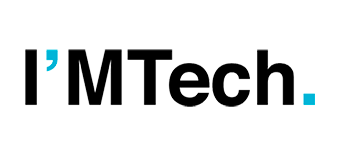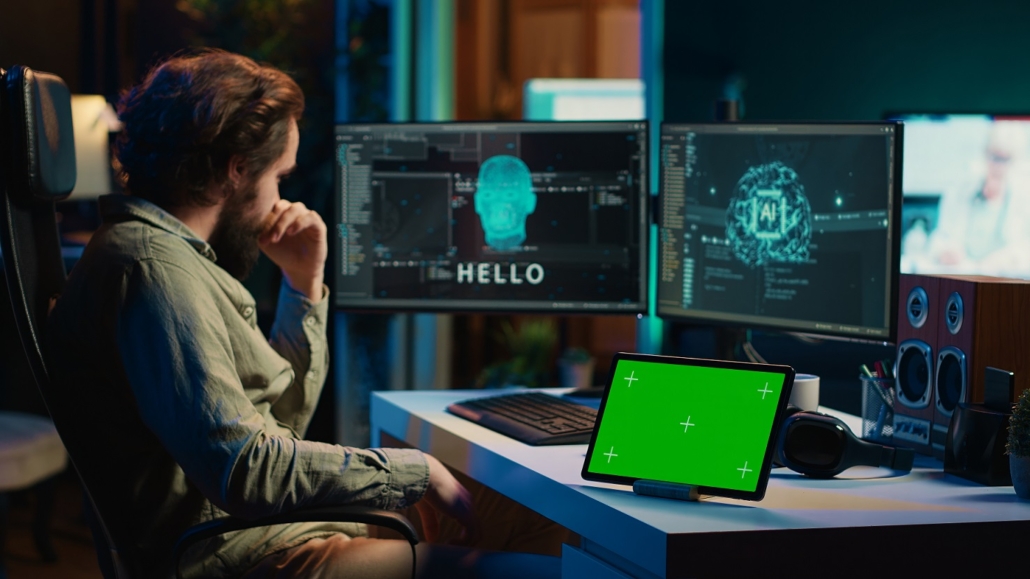The concept of digital intelligence is an analogy to explain how to enter a world where we must learn to live with technology, rather than simply endure it. Above all, it means learning how to use it effectively and live in synergy with it. Artificial intelligence (AI) is one of the technologies that should be used with greater digital intelligence.
Differences between artificial intelligence and digital intelligence
In her article “De l’intelligence artificielle à l’intelligence digitale”, published in edition no. 20, AI and Humans, of the CentraleSupélec alumni magazine Aurélie Dudézert, professor at Institut Mines-Télécom, looks at AI technologies and digital intelligence.
Digital intelligence mainly refers to the ability to mobilize technology. “Artificial intelligence is a set of technologies for processing data. These technologies simulate the human reasoning process, using very large volumes of data to solve problems that are sometimes quite complex“, says the researcher. As for digital intelligence, she says that “it is the ability of individuals to take information technologies and make them their own, in order to live with them responsibly and sustainably.”
It should be noted that, in principle, the term “artificial intelligence” is not actually accurate. “Artificial intelligence technologies simulate human reasoning. It’s not intelligence,” says Aurélie Dudézert. Digital intelligence, on the other hand, is a concept designed to describe how humans position themselves in the digital environment. It’s the same as emotional or spatial intelligence, for example. Digital intelligence has come to the fore because humans can no longer behave in the same way, now that our lives are immersed in a variety of technologies.
Applications of AI technologies
AI technologies consume enormous amounts of energy and mobilize non-essential resources to perform certain tasks, such as simple calculations. However, vigilance is required for certain uses. This is precisely the point of digital intelligence: to better understand what lies behind every use of AI.
As the professor points out, “ChatGPT, for example, has replicated human reasoning with particular learning models“. It can help to understand what is behind the design of such technology. There is a learning curve when it comes to using AI, but the same applies to other technologies such as collaborative work tools and email. “There are contexts where it’s pointless to send an email to a colleague if they’re in the next office. It’s an inappropriate use that has significant consequences, in terms of human relationships, the environment and the resources mobilized, among other things,” says Aurélie Dudézert.
The benefits of developing digital intelligence
The idea of the article “De l’intelligence artificielle à l’intelligence digitale” is simply to show the importance of developing people’s digital intelligence. AI technologies are developing, and with them, so are inappropriate uses. It is now essential to provide training in the use of AI, to explain the conditions and contexts in which it is appropriate to use it. The same goes for all other technologies, the use of which depends on an individual’s job and what tasks they need to carry out.
Digital intelligence is a form of intelligence and a capability that is developed by learning and understanding the impact of using technology. Learning how to use email, for example, makes it easier to understand its impact and its consequences. According to the researcher, “each technology now has a different kind of power and role. We need to make people aware of the consequences and impact of using each one. Everyone who lives surrounded by technology has some form of digital intelligence. But it’s normal that there are different levels of maturity.”
The challenge is to make people, and especially companies, understand that training in the use of these technologies does not just mean technical training, but also how to use them in context and under the right conditions. Supporting staff in this area will considerably reduce the risks to safety, overconsumption and occupational health.





